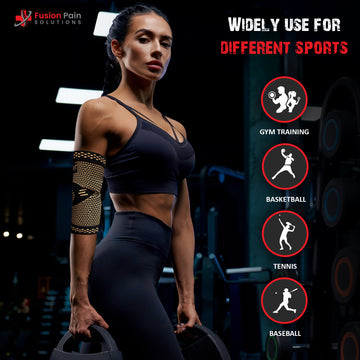FAQs
What is chronic pain?
Chronic pain is defined as pain that lasts longer than three months, even after the original injury or condition has healed. It can affect joints, muscles, and nerves, often interfering with sleep, work, and daily activities. Many people turn to supportive options like topical pain creams or red light therapy to make everyday life more manageable.
What causes chronic pain?
Chronic pain can develop for many reasons, including past injuries, arthritis, nerve damage, inflammation, or conditions like fibromyalgia. Sometimes the exact cause is hard to pinpoint. Regardless of the root issue, natural options such as Ropana Pain Cream and red light therapy can help calm inflammation, ease discomfort, and support better mobility.
How is chronic pain diagnosed?
Doctors typically diagnose chronic pain using a combination of medical history, physical exams, and sometimes imaging or nerve tests. Because it often requires long-term care, many people add natural pain relief solutions-like creams and light therapy-into their daily routines for consistent comfort.
Is my pain psychological or physical?
Chronic pain is very real. It can be both physical and influenced by mental health. Sometimes the body keeps sending pain signals even after tissues heal, and stress or anxiety may intensify symptoms. Combining physical relief from Ropana Pain Cream with relaxation or mindfulness techniques can be an effective way to address both body and mind.
What treatment options are available beyond opioids?
There are many safe, non-opioid approaches to managing chronic pain. These include physical therapy, exercise, acupuncture, counseling, and lifestyle changes. Topical solutions like Ropana Pain Cream and supportive devices like our red light therapy belt are excellent drug-free options to reduce discomfort and improve daily function.
Will exercise make my chronic pain worse or help?
In most cases, gentle exercise helps reduce chronic pain by improving flexibility, circulation, and strength. Activities like stretching, yoga, walking, or swimming can be especially beneficial. Using Ropana Pain Cream before or after activity can make movement more comfortable and keep muscles from tightening up.
When should I seek medical help for chronic pain?
If your pain lasts for more than a few weeks, worsens over time, or prevents you from doing daily tasks, it’s important to consult a healthcare provider. Alongside medical care, many people safely use pain creams and red light therapy at home to manage symptoms between appointments.
Can chronic pain be cured or managed long-term?
Chronic pain may not always have a complete cure, but it can be managed successfully. With the right combination of medical support, lifestyle changes, and natural relief tools like Ropana Pain Cream and red light therapy, many people experience fewer flare-ups and enjoy a higher quality of life.
How do emotional health and mental health affect chronic pain?
Stress, anxiety, and depression can make pain feel worse by amplifying signals in the nervous system. Taking care of emotional health through relaxation, mindfulness, or therapy often helps reduce pain intensity. Pairing this with physical relief from topical creams or light therapy creates a more holistic approach.
What questions should I ask my doctor or pain specialist?
It’s helpful to ask your provider: What might be causing my pain? What non-opioid treatments are available? Are topical creams or red light therapy right for my condition? What lifestyle changes can support my recovery? These conversations help create a treatment plan tailored to your needs.




